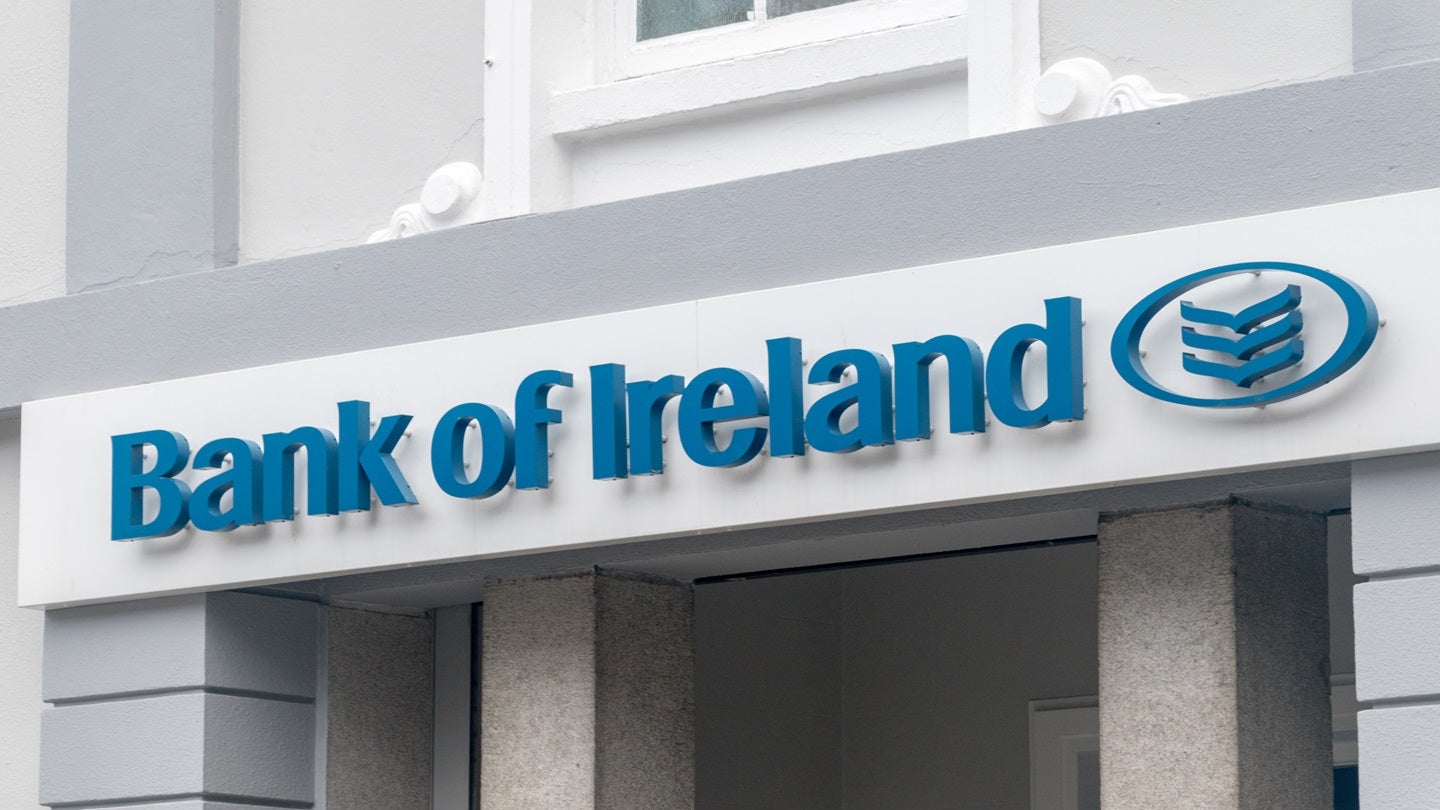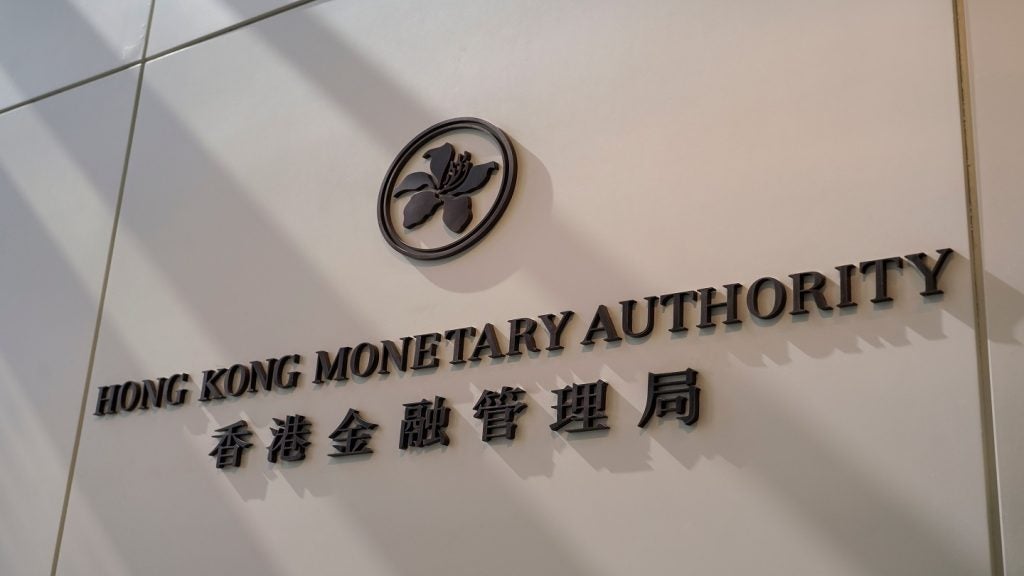
Bank of Ireland has commenced an upgrade of its ATM network, which will see the installation of 650 new machines as part of a €60m ($66.5m) investment aimed at enhancing its branch services.
The first phase of this rollout has already seen 14 new ATMs installed at branches in Roscommon town, Drumcondra, Castlebar, and Roscrea.
Plans are on for around 150 additional machines to be deployed at over 40 locations throughout the year.
The comprehensive programme, set to continue until the end of 2027, represents the bank’s largest investment in ATMs in the past ten years.
Furthermore, the investment includes a commitment to five years of servicing and maintenance for the new machines.
The new ATMs are designed to improve cash processing capabilities and are expected to reduce energy consumption by more than 50%.
These machines will facilitate both cash withdrawals and deposits, with many featuring a cash recycling function that allows deposited cash to be reused for withdrawals.
This feature aims to enhance ATM availability, providing customers with improved access to cash.
In addition to these advancements, the new ATMs will cater to customers with visual impairments, incorporating high-contrast screens and an option for earphone connectivity, allowing users to receive audio guidance during transactions.
Bank of Ireland Retail Ireland division CEO Susan Russell said: “As a full-service retail bank with a presence right across the island of Ireland, we are committed to continually improving our services and our customers’ financial wellbeing.
“This means investing purposefully in branches, contact centres, technology, ATMs and other infrastructure to ensure we have the most modern and efficient banking services available.”
Bank of Ireland operates 182 branches across the island of Ireland, including 169 in the Republic of Ireland and 13 in Northern Ireland, and all branches will receive the upgraded ATMs as part of this initiative.
Meanwhile, in February this year, Bank of Ireland announced an efficiency drive that will reduce its workforce over the next three years.







